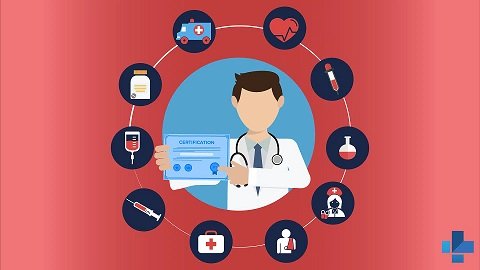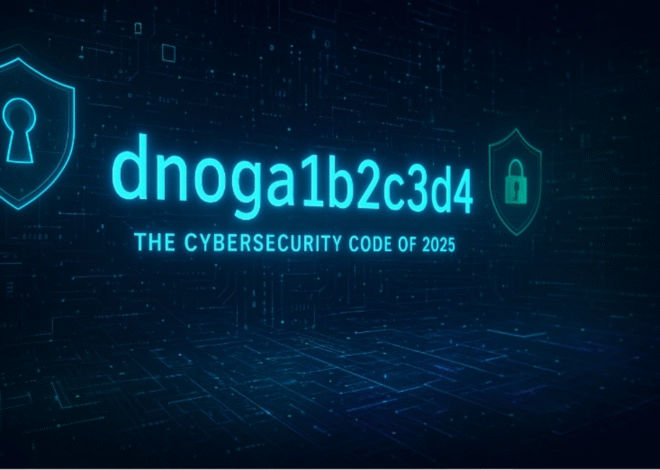
How to Get Certified in BLS: Step-by-Step Guide
This step-by-step guide shows how to get BLS certified-perfect for healthcare workers, first responders, and anyone needing lifesaving skills.
Have you ever wondered what you would do if someone near you stopped breathing? Would you know how to help? Emergencies can happen anywhere, and knowing how to respond can save lives.
That’s why learning lifesaving skills is so important. Whether you’re a healthcare worker, a first responder, or just someone who wants to be ready, getting certified in Basic Life Support is a smart step.
In this guide, you’ll find out exactly how to get certified in BLS, explained in a way that’s easy to follow. By the end, you’ll know what to do and where to start.
Understanding What Basic Life Support Means
Basic Life Support is a way to help people in medical emergencies. It includes skills like CPR, using an AED, and helping someone who is choking. These are simple but powerful actions that can keep a person alive until trained help arrives.
People who work in hospitals, clinics, and schools often need this training. Even if you’re not in healthcare, learning these BLS skills can make a big difference during a crisis.
Find the Right Course for You
The first step to getting certified is finding a class. Many organizations offer these courses both in person and online. Some popular providers include the American Heart Association and the Red Cross.
These courses usually take a few hours to finish. You’ll learn by watching videos, listening to instructors, and practicing the steps.
Sign Up and Get Ready
Once you’ve chosen your course, it’s time to sign up. You may need to pick a time and date that works for you. If you choose an in-person class, wear comfortable clothes because you’ll be practicing on the floor.
Some classes let you study at home first, then come in for a hands-on test. This makes learning more flexible, especially if you have a busy schedule.
What to Expect in the Training
The class will teach you how to check if someone is breathing, how to give chest compressions, and how to use a defibrillator. You’ll also learn how to act fast during an emergency. Don’t worry if you’ve never done anything like this before.
The instructors will guide you and answer questions. You’ll get to practice each step until you feel ready. By the end of the training, you’ll feel more confident and prepared.
Take the Test and Earn Your Certificate
After you finish the lessons and practice, you’ll take a short test. This shows that you understand the steps and can do them the right way. Some tests are written, and others are hands-on.
Most people pass on the first try because the class does a good job getting you ready. When you pass, you’ll get a certificate that proves you’re trained in lifesaving skills.
Keep Your Skills Fresh
Your certification will last for about two years. After that, you’ll need to take a refresher course. This helps you remember what you’ve learned and keeps you ready for any emergency.
You might even learn some new things that weren’t in your first class. It’s a good idea to review your skills now and then so you don’t forget them.
You’re Closer Than You Think to Saving Lives
Getting certified in Basic Life Support is a smart move, whether you work in healthcare or not. By following the steps in this guide, you’ll be ready to take action when it counts. Remember, it only takes one person to make a big difference.
Did this guide help you? Browse the rest of this section for more advice on a variety of topics.

